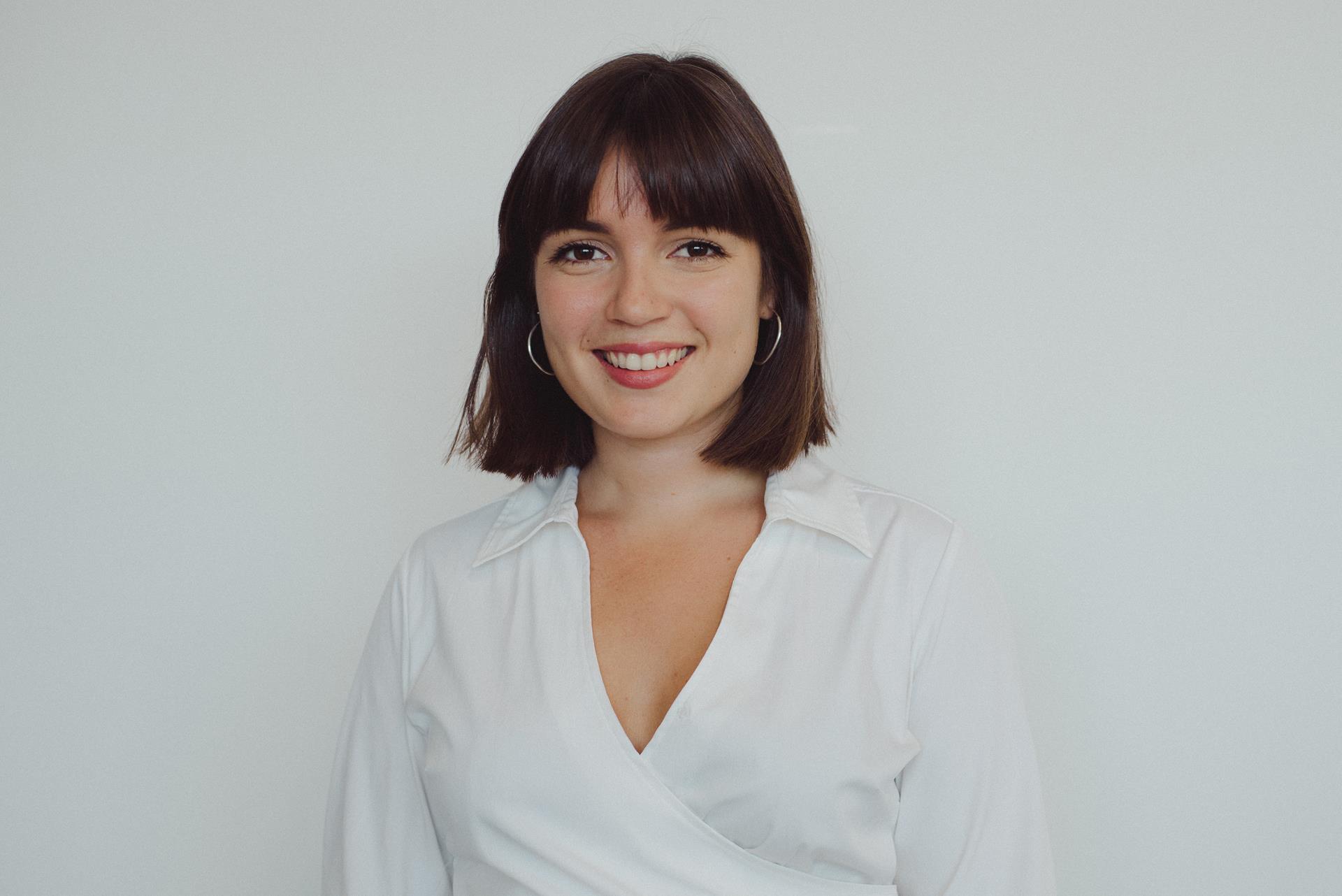Maude Fafard, a new in-house designer at kotmo, has already developed several custom projects since her arrival in September. She began her career as a contractor for Garnotte, a company that develops colorful, minimalist and original concrete accessories. She already has an eye for detail and a sharp creativity that she integrates into her work. Very few companies specializing in promotional items have in-house industrial designers, and that's what makes kotmo so strong. We meet several types of customers who all have very different needs. Some of them want to order through our catalog products that we have developed in the last few years and are very satisfied, others like to propose their ideas to take our projects a little further.
Custom projects require a very long development process, from 6 to 12 months. We have to take into account the material to be worked, the budget and the concept to be integrated. We wanted to do a short interview with Maude Fafard, to present you all the work behind the development of a custom-made trophy.
- What is the first thing you ask a client?
First, I ask them what it highlights, why the trophy is being presented. Then I try to understand what value is being promoted and if the client has a specific vision, I want to get as much detail as possible to understand it. - What challenges do you face when developing a trophy?
I haven't been working at kotmo very long, so of course one of the challenges is to take over a project that has already been started. I have to put it back in my hand. Also, in the first few meetings with a client, I want to successfully translate the information they give me in the meetings into design constraints. The object must be durable and have a certain elegance in terms of its look, but at the same time be made from responsible materials. You have to know how to convey these values and constraints through an object. - How do you manage to find inspiration for a concept?
Inspiration is multiple, it comes from everywhere: the angle of a building, the curve of a light fixture, the rhythm of a staircase. It's certain that you have to take into account the constraints of a client's brief, but it's important to look for inspiration in artistic and architectural fields to feed your concepts. - Do you see any similarities in this type of products and the ones you were developing before?
I think the steps are the same, there is always the meeting phase of start-up, ideation, design, prototyping, production. Design phases that overlap regardless of the project, it's easy to find in there. There is also a notion of sustainability to be taken into account in the choice of materials and in the shapes that are similar. It's really the material that is put forward, like what I used to do. - What are you most proud of after developing a trophy?
The reaction of the client when you exceed their expectation. I think at that moment, it's really mission accomplished! I also always try to surpass myself with every project I develop.
- If you had to describe in 5 steps the development of a custom made trophy, what would they be?
First there is the start-up meeting with the client, the ideation, the 3D modeling, prototyping and production with a supplier. - How do you manage to find a suitable supplier for the project?
There is already a good network established at Kotmo, but one of the constraints in finding new suppliers is finding someone who knows how to work well, meet deadlines, and has an interest in sustainability. Our supplier absolutely has to make good material choices and be made here as much as possible. - What material inspires you the most?
Concrete is a material that I know, which is mineral and can be easily shaped. Then I would say, wood, it is a very noble and rich material as much in its shaping as in its wood species. It can be very interesting to work with. - What product do you dream of developing for the year 2021?
That's a very good question. We're heading towards sporting goods a lot. Trophies are very interesting challenges every time, you start from scratch and the projects are very varied. You also have to be inspired by the fact that there is always telecommuting. This new reality creates new needs that can be addressed by design.

